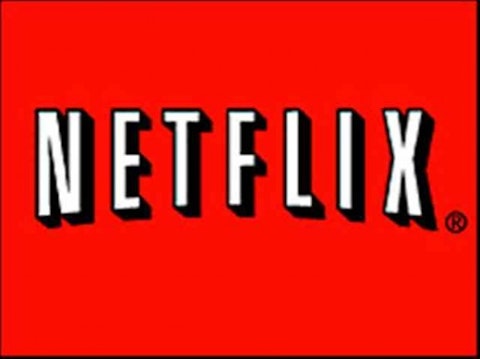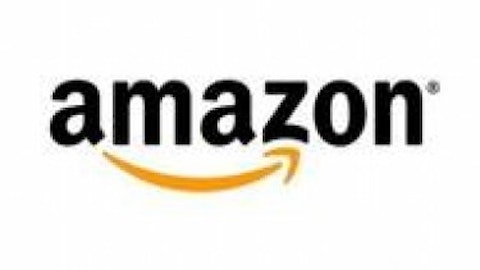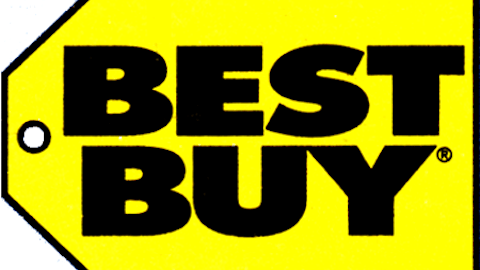There are two strategic reasons why a company would want to sponsor its software as open source. One is good for investors, the other is not good.
The good reason is to create a standard. A de-facto standard, which anyone can use royalty-free, based on open source software can be a powerful catalyst for a company’s growth. The best example in the recent past is Rackspace, which has now hit hard times but which absolutely took off after it began sponsoring Open Stack, an open source cloud infrastructure, rising from just over $5 per share to a peak of $80 early this year.
The bad reason to sponsor your software as open source is because you need new customers. An example of this is webOS, which HP made open source in 2012 after acquiring it as part of Palm. No one was fooled. The announcement created no lift. HP sold the software, and its development team, to LG of Korea, early this year for an undisclosed (and likely very embarrassing) price.
Here are how two companies are using these two business models, and what you should do about it.
NetFlix: OpenConnect a Standard
Netflix, Inc. (NASDAQ:NFLX) launched OpenConnect as an effort to create an open source standard in web caching. The company is sharing both its hardware design and its software, hoping that a widely-adopted system for making data redundant in many different geographies will give it options over hosting at Amazon.com, Inc. (NASDAQ:AMZN).
Netflix, Inc. (NASDAQ:NFLX) delivered OpenConnect last June, and it has since won high praise from the open source community. More important, it has also given the stock a huge lift. The shares have tripled in value since last June, and now are priced at $216. This has happened despite the fact that quarterly sales have grown only 10% over that time, and that net income has actually gone down, from $6.16 per share in the June quarter of last year to $2.69 per share in the March quarter of this year.
What investors are seeing with Netflix, Inc. (NASDAQ:NFLX) is what Stephen J. Vaughan-Nichols of ZDNet calls “the biggest cloud app of all.” The company bases its system on Amazon.com, Inc. (NASDAQ:AMZN), still the cheapest public cloud out there, but now has the redundancy to keep running even if an Amazon.com, Inc. (NASDAQ:AMZN) data center goes down, delivering over 1 billion video files each month. That’s because servers running OpenConnect can now be linked at many different ISP locations around the world, meaning there is no single point of failure.
Citrix: Xenserver could’ve been a contender
On the other hand we have Citrix Systems, Inc. (NASDAQ:CTXS), which just announced that its Xenserver 6.2 is open source.
Citrix Systems, Inc. (NASDAQ:CTXS)’ virtualization hypervisor, Xen, was already open source, and it was the first product of its kind on the market. But users found a disconnect between Xen’s open source status and the fact that servers running it were proprietary. Citrix Systems, Inc. (NASDAQ:CTXS) has been trying hard to change that perception, combining its cloud assets into something called Project Windsor, but that didn’t provide much lift against open source OpenStack or Amazon.com, Inc. (NASDAQ:AMZN).
Since early last July, the stock is down about one-fourth and now trades at around $60 per share. The earnings multiple has fallen to about 30. More important, sales growth has slowed, to about 12% year over year, and profit margins are below the level they were at last year. Citrix Systems, Inc. (NASDAQ:CTXS) still has a pristine balance sheet, and it still has operating cash flow, but there are signs of trouble in the numbers.
Thus, the move to move Xenserver from something with a mix of open source and proprietary components, to a pure open source set-up, with future development to take place under the open source Xen community. This sounds great, but it’s pretty late. VMware has tied up the cloud-based “Internet of Things” through a venture with General Electric, Amazon.com, Inc. (NASDAQ:AMZN) keeps powering ahead, Microsoft has tied up with Oracle, and even OpenStack is faltering. It’s hard to see where the traction, let alone the profits, come from.
The Foolish take
When a company makes an open source announcement, look carefully at what’s happening in the market and what analysts say the announcement’s intent is.
If it’s to create a standard, to go where no software has gone before, that’s bullish. If it’s to attract investment, if it’s something that other companies also do, that’s bearish. Standardization efforts can fail, and efforts to create sales can succeed, but it’s not the way to bet.
Dana Blankenhorn has no position in any stocks mentioned. The Motley Fool recommends Netflix. The Motley Fool owns shares of Netflix, Inc. (NASDAQ:NFLX).
The article Two Open Source Strategies originally appeared on Fool.com.
Dana is a member of The Motley Fool Blog Network — entries represent the personal opinion of the blogger and are not formally edited.
Copyright © 1995 – 2013 The Motley Fool, LLC. All rights reserved. The Motley Fool has a disclosure policy.





